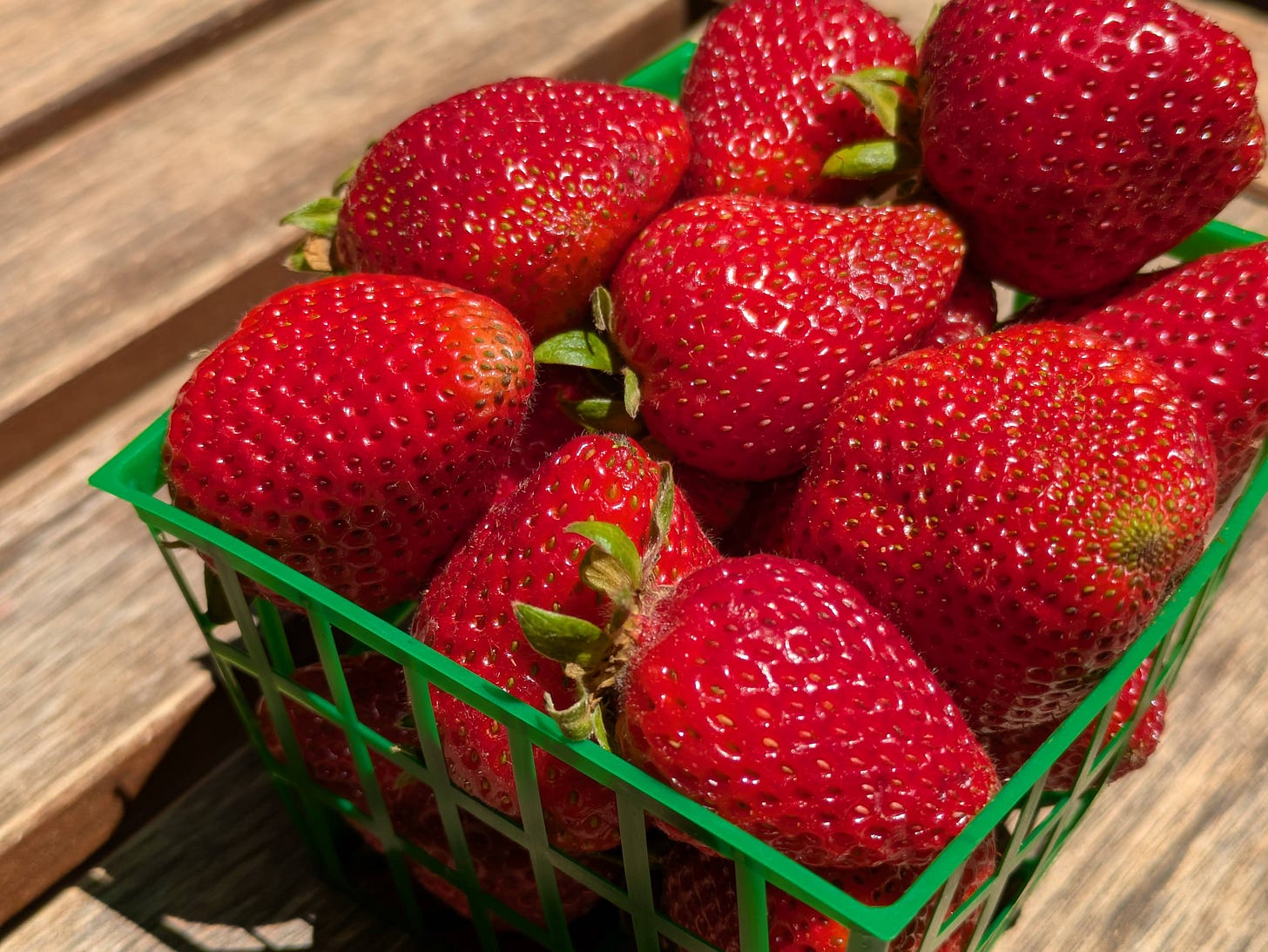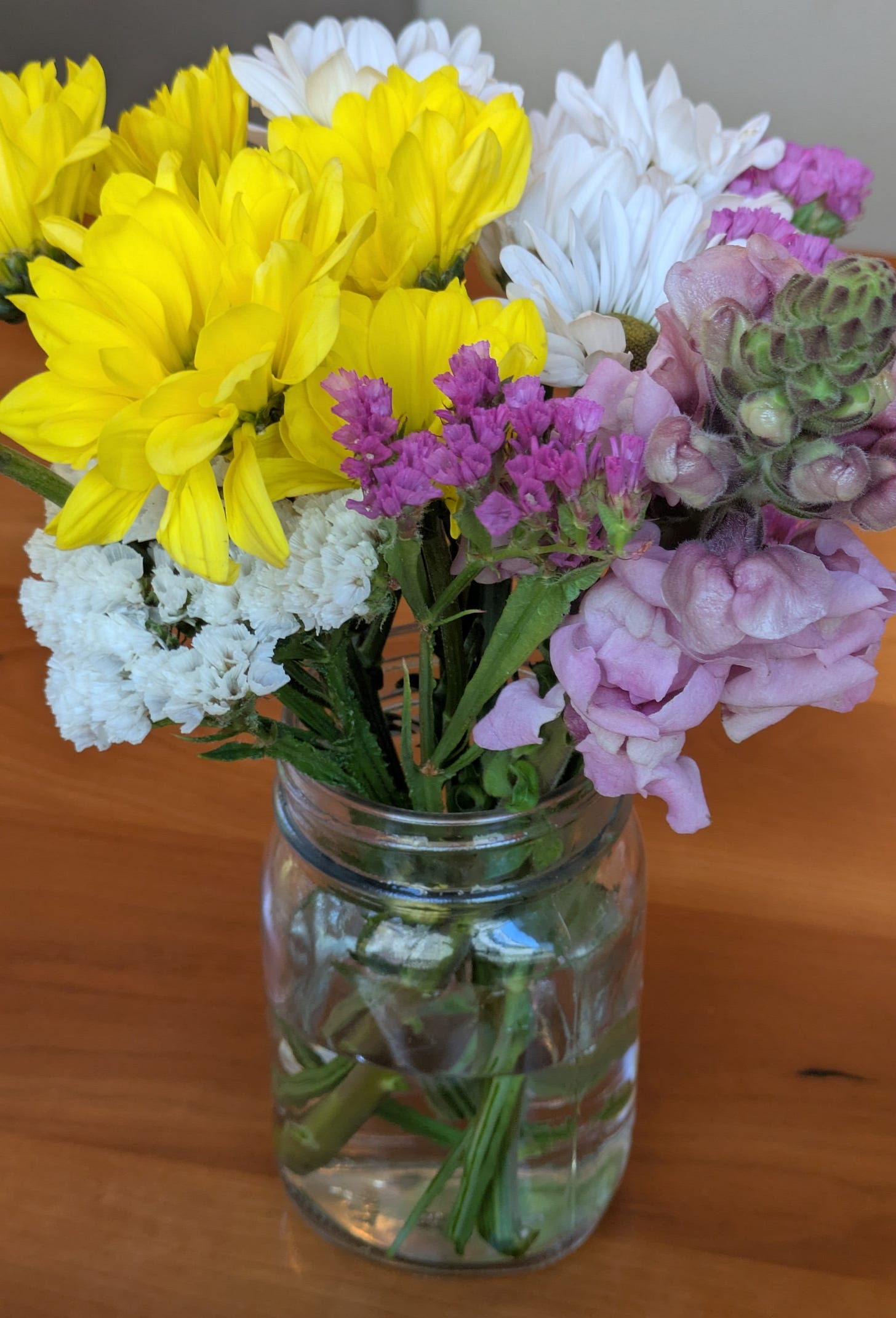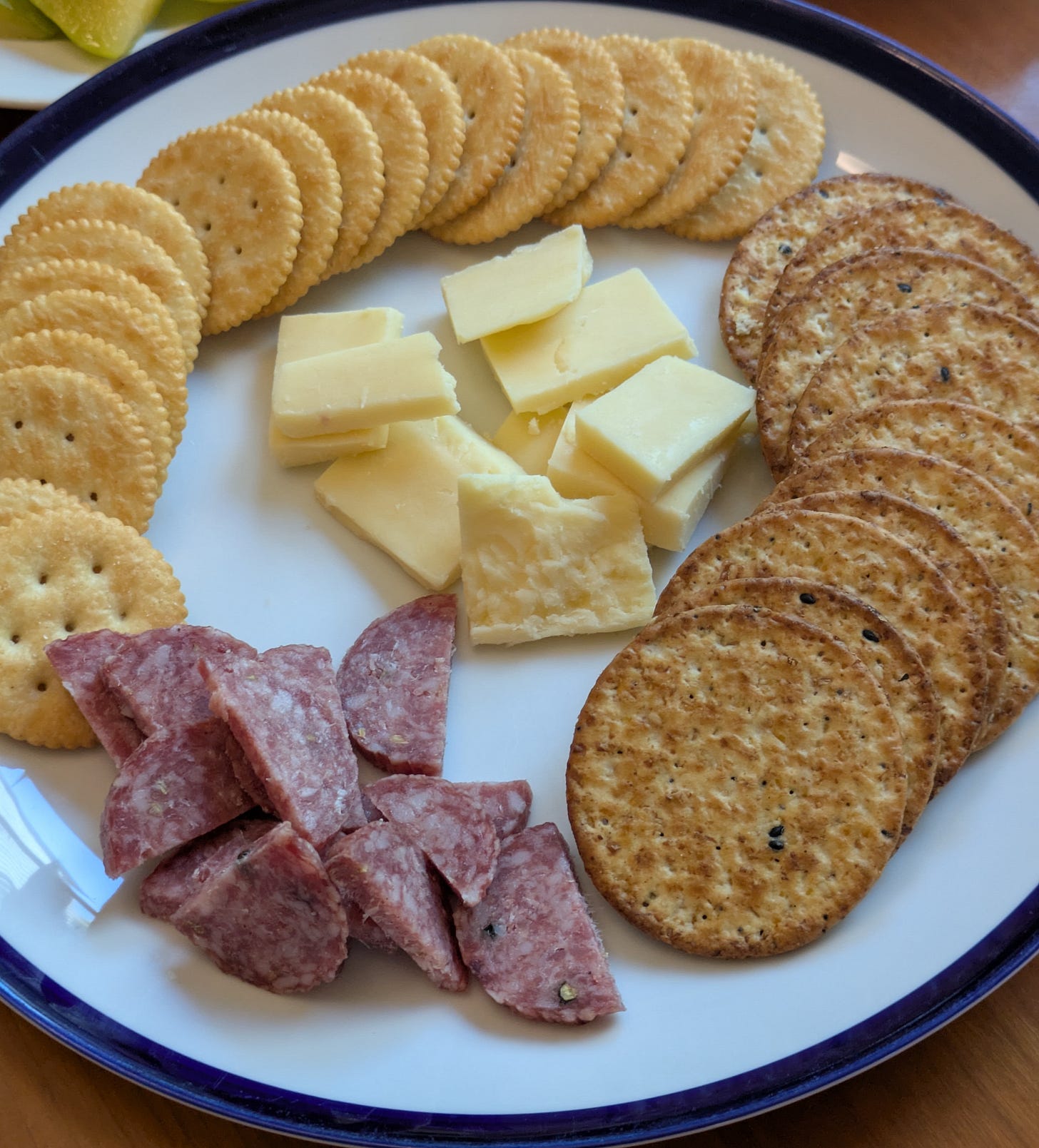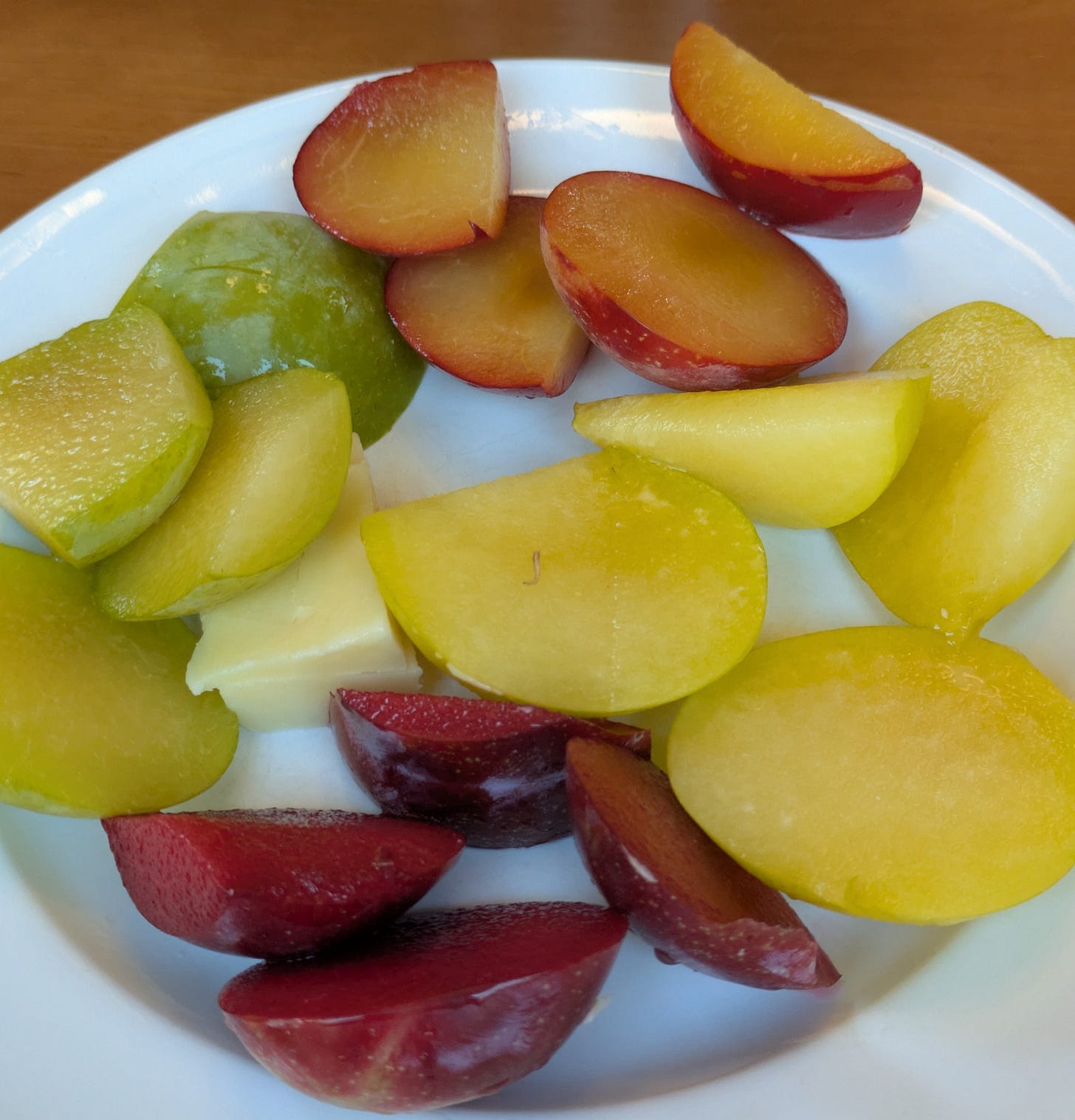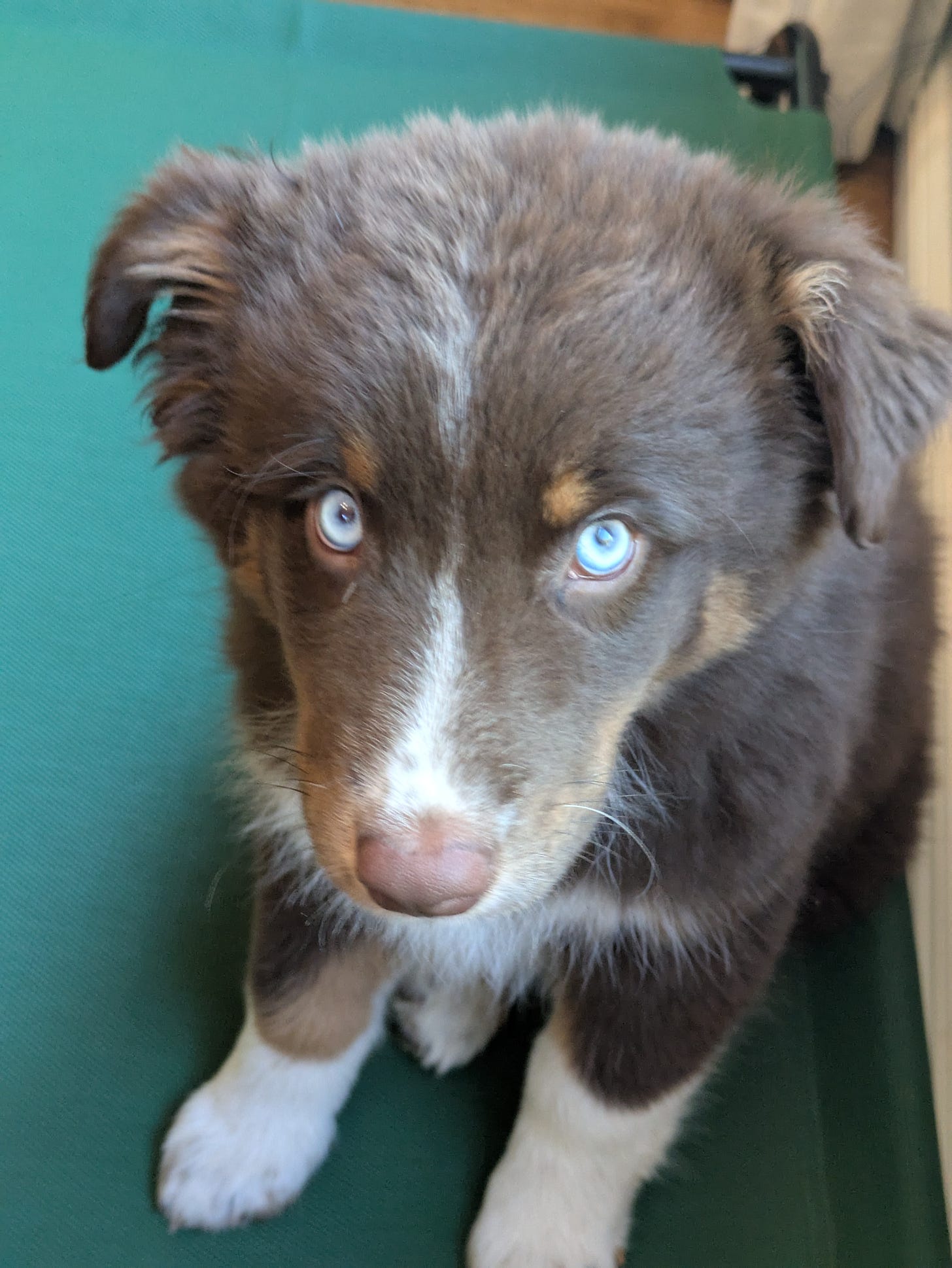The Farmer's Market Is Not a Destination
It is an aspiration.
For me, the farmer’s market is not a destination. It is an aspiration. It represents the kind of life I am trying to live: slower, connected and mindful.
First, the slow part. It takes time to drive out and park. It takes time to walk from stall to stall, talking to each vendor and selecting each item. It takes time to wait in line for strawberries and select the stone fruit. The woman in front of me drops all her exact change. The man blocking my access to the cilantro has an unhealthy obsession with picking the perfect zucchini.
I catch myself checking the time and doing the math to figure out how much more I need to fit into the morning before I move on to everything that I need to fit into the afternoon. My doctoral mentor once told me I was brutally efficient. It was meant as a compliment, but I was stung. It is not who I want to be. The farmer’s market forces me to slow down, listen to conversations around me, and talk to people.
Which leads to the second aspiration of being connected. I am an introvert. It takes energy to make small talk. I have to discuss, with a perfect stranger, how beautiful the dahlias look and why she is buying seven bunches for the memory care facility. I have to engage with vendors about the superiority of heirloom tomatoes.
The friction of face-to-face commerce wears me out. But it also feels good. I see friends, exchange hugs, wave across the stalls. The bakery girls know my new puppy’s name. I may be tired at the end, but I am not alone.
The third aspiration, being mindful, comes naturally as a function of slowing down and engaging. It is much easier to be present when you are sampling a sun warmed apricot, appreciatively sniffing lavender soap and listening to the merits of bone broth.
Every Saturday, the dogs, my husband and I head to the beach for a walk and then to the farmers market to set the intention for the day. Our first stop is the strawberry vendor. They sell jam berries at half price and their berries are the best I’ve ever tasted, as evidenced by the long line that forms. Standing with the others, waiting for our hand packed berries, we hear gentle sighs and mild grumbling, but everyone keeps it civil. If you are in a hurry, you shouldn’t be here. We eat half our berries for breakfast, wandering around the market. We save the other half for lunch.
Then it is off to the salami stand, selling old-world style Italian dry salami. We alternate between the fennel pepper and the cabernet. Sliced thin and served with crackers and aged cheddar, this will be the main course at lunch. We remember our punch card with the happy pig so we can get our free salami after ten purchases. I don’t want to admit how many free salamis we’ve earned.
Then the stone fruit stand. There are bins with at least fifteen varieties spread out in a delicious rainbow and kind workers with free samples. We can never decide what we like best, so we just fill our giant bags with a random assortment: tart plums, tiny apricots, velvety apriums, white peaches and juicy nectarines.
Next, the flower stand for our $2 bouquet wrapped in newspaper. Each week is different. The flowers are the best value proposition of the entire trip; the bouquet will grace our table, every meal, all week long.
Then, carting our farmer’s market haul and our sandy dogs, we head home. The dogs have learned to recognize the sound of salami being unwrapped and of cheese being chopped. They are suddenly very affectionate and very underfoot. Everyone settles at the table for a leisurely lunch. If a tidbit of cheese happens to fall, no worries; the dogs are on it.
Eating the food draws everyone out of their rooms and connects our family. The flowers light up the room. As I’m rushing by, I’m forced to pause and take a moment to admire them. And with most of the morning gone already, it does not feel like a hard thing to spend the rest of it sitting at the table with hot coffee and the crossword, being gloriously inefficient.


